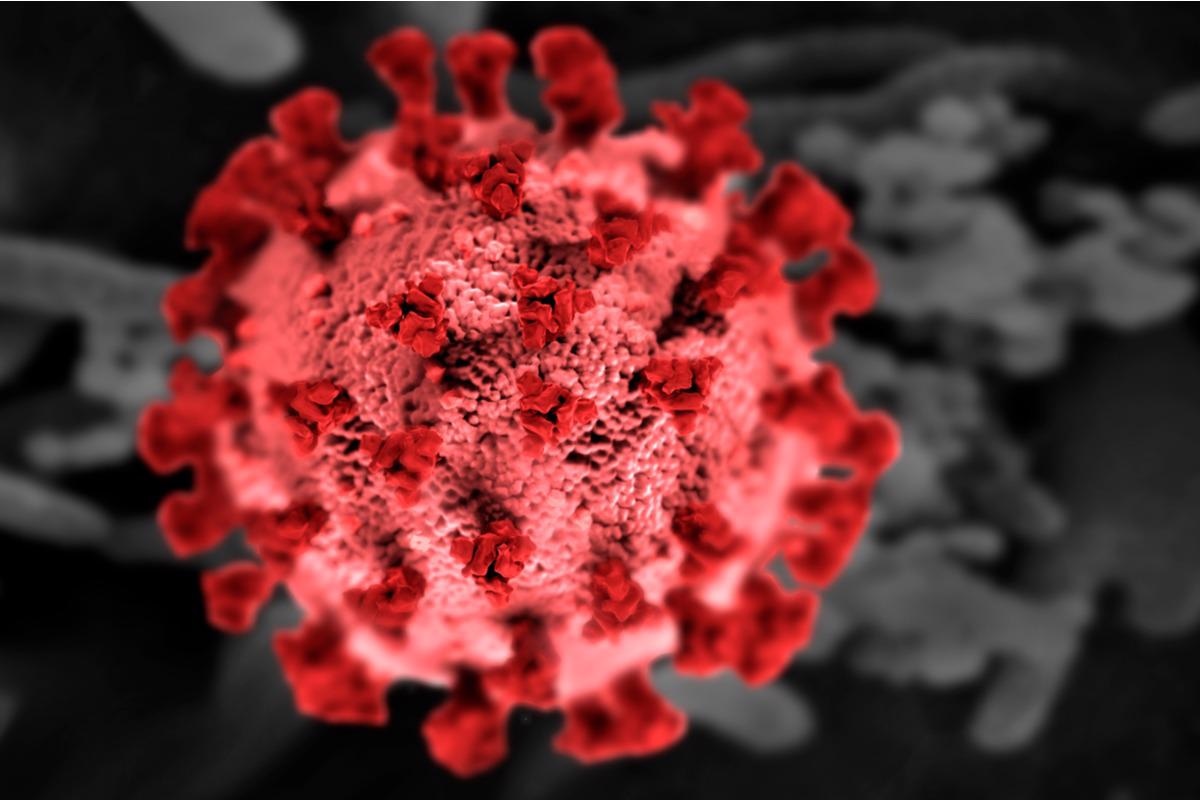Study suggests convalescent plasma appears safe but does not prevent SARS-CoV-2 infection

Severe acute respiratory syndrome coronavirus 2 (SARS-CoV-2) is the causative virus of coronavirus disease 2019 (COVID19).. Effective preventive strategies were scarce, particularly at the start of the pandemic. Even by late 2021, only 56.5% of the world's population will have been vaccinated, and some will not respond. The importance of effective prevention is greatest in households with SARS-CoV-2 infected people because 10-50% will be secondary infected.
 Study: Randomized controlled trial transfusing convalescent plasma as post-exposure prophylaxis against SARS-CoV-2 infection. Image Credit: Red-Diamond/Shutterstock
Study: Randomized controlled trial transfusing convalescent plasma as post-exposure prophylaxis against SARS-CoV-2 infection. Image Credit: Red-Diamond/Shutterstock
Passive immunotherapy with preformed antibodies works well as post-exposure prophylaxis (PEP) against many infections. As COVID-19 PEP, combinations of monoclonal antibodies (mAb) are effective. COVID-19 convalescent plasma (CCP) may also provide protection during the early stages of infection and in those lacking antibodies. CCP has some advantages over mAbs, such as ease of acquisition, low cost, and resistance to viral variants. The purpose of this study was to assess the safety and efficacy of CCP containing high titers of anti-SARS-CoV-2 antibodies as PEP.
A preprint version of this study, which is yet to undergo peer review, is available on the medRxiv* server.
The study
Of the 1,138 participants screened, 180 (15.8 %) were eligible and consented to the study, and 170 were transfused. Two of those transfused were excluded from efficacy analyses due to baseline SARS-CoV-2 RT-PCR positivity. The median time from exposure to transfusion was two days. Seven participants (3 CCP recipients) did not complete all study components. CCP was transfused to 82 recipients from 70 different donors; the anti-S IgG inverse endpoint titers were all greater than 1,000, with the exception of one unit at 540.
By Euroimmun ratio >3.5, 87 % of patients had a hospital-qualified Emergency Use Authorization (EUA) high titer. Virus neutralizing antibody titers ranged from 1:20 to 1:640 and were found in 94% of the 50 donors tested.
In the modified intention-to-treat (mITT) analysis, 14.8% of CCP recipients and 14.9% of control recipients tested positive for SARS-CoV-2 RNA. Three were positive on the first day after the transfusion, and three on the second and third days. CCP had a 28-day restricted mean infection-free time (RMIFT) of 25.3 days, while control patients had an RMIFT of 25.2 days. The RMIFT for CCP recipients was 26.6 days and for control, recipients were 25.8 days, excluding infections through day three. CCP had a 0.04 reduced risk difference (RD).
COVID-19 was found in six CCP recipients and seven control recipients (four and five after day three from transfusion). By 28 days, the CCP had an RMIFT of 26.3 while the control group had an RMIFT of 25.9. CCP had a 0.012 lower RD than the other groups. With the exception of infections, the CCP group regularly outperformed the control group, though not considerably. Since the target enrolment was not met, conditional power analyses were performed. It's doubtful that statistically significant results would have been obtained if the target enrolment had been met, with the likelihood of significant differences in RMIFT and RD estimated at 0.3% and 0.6%, respectively.
There were 86 adverse events (AEs) reported, with 58 of them occurring with CCP and 28 with control plasma; 17 of the 86 incidents were grade three or four in severity. All five individuals with control plasma required hospitalization (two for COVID-19). CCP recipients had a decreased rate of all AEs, particularly severe AEs. Due to COVID-19, two participants had to be hospitalized. Both were given a placebo. For all occurrences after transfusion and events more than three days after transfusion, the distribution of clinical severity was identical in the two groups.
Implications
This randomized control trial of high titer CCP administered within 120 hours to subjects who were exposed to, but not infected with SARS-CoV-2, showed that CCP was safe. This trial failed to show efficacy, and conditional power analysis implies that a bigger sample size would not have resulted in a different outcome. Future CCP prophylactic research should look into using a bigger dose of antibodies with multiple units or a higher titer, as well as targeting the most vulnerable individuals, such as the immunocompromised or elderly, and putting a greater emphasis on clinical rather than laboratory outcomes.
*Important notice
medRxiv publishes preliminary scientific reports that are not peer-reviewed and, therefore, should not be regarded as conclusive, guide clinical practice/health-related behavior, or treated as established information.
- Shmuel Shoham, et al. (2021). Randomized controlled trial transfusing convalescent plasma as post-exposure prophylaxis against SARS-CoV-2 infection. medRxiv. doi: https://doi.org/10.1101/2021.12.13.21267611 https://www.medrxiv.org/content/10.1101/2021.12.13.21267611v1
Posted in: Medical Science News | Medical Research News | Disease/Infection News
Tags: Antibodies, Antibody, Convalescent Plasma, Coronavirus, Coronavirus Disease COVID-19, Efficacy, Hospital, Immunotherapy, Laboratory, Pandemic, Placebo, Prophylaxis, Research, Respiratory, RNA, SARS, SARS-CoV-2, Severe Acute Respiratory, Severe Acute Respiratory Syndrome, Syndrome, Virus
.jpg)
Written by
Colin Lightfoot
Colin graduated from the University of Chester with a B.Sc. in Biomedical Science in 2020. Since completing his undergraduate degree, he worked for NHS England as an Associate Practitioner, responsible for testing inpatients for COVID-19 on admission.
Source: Read Full Article